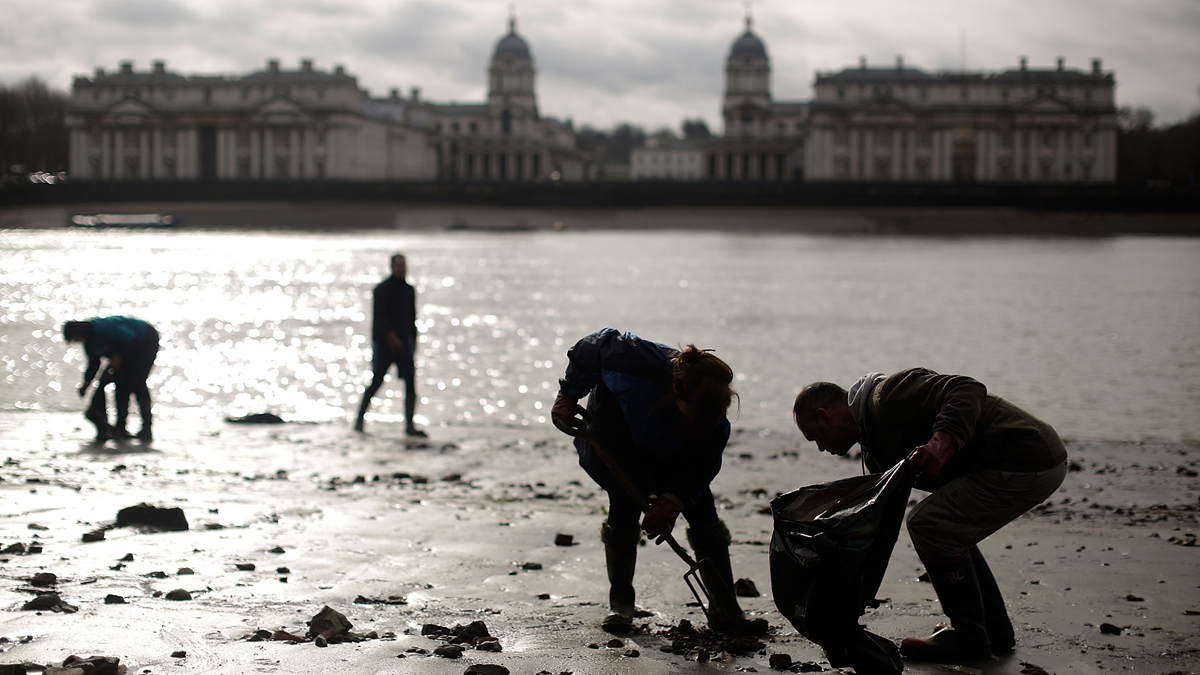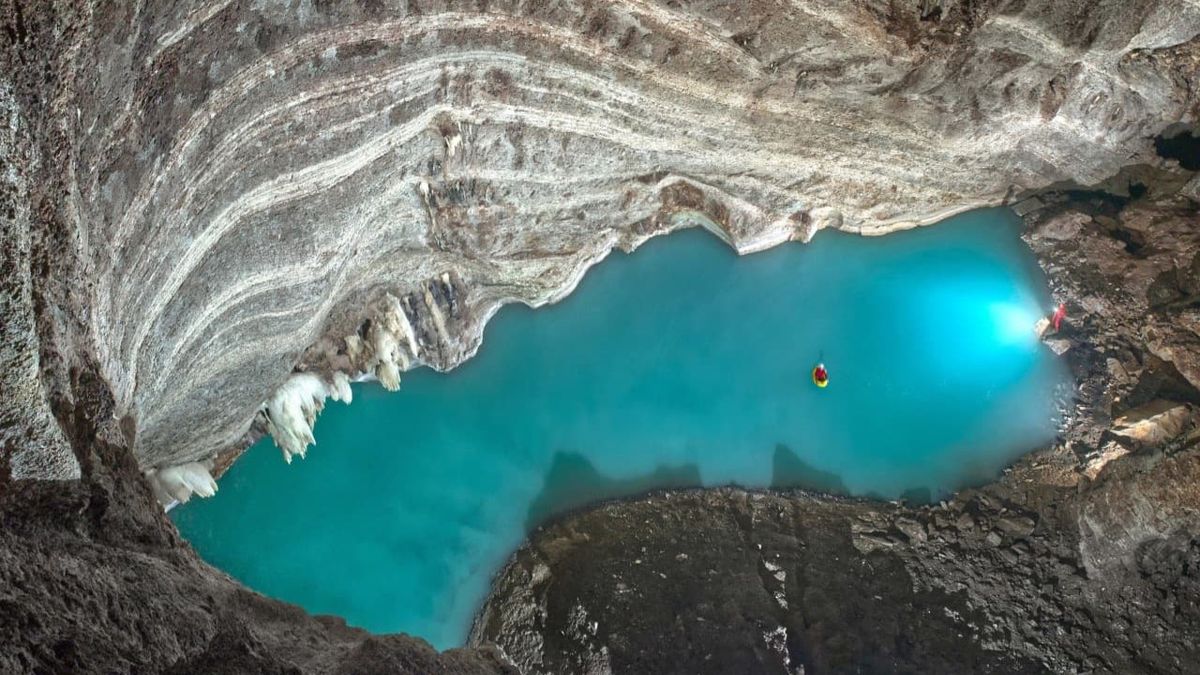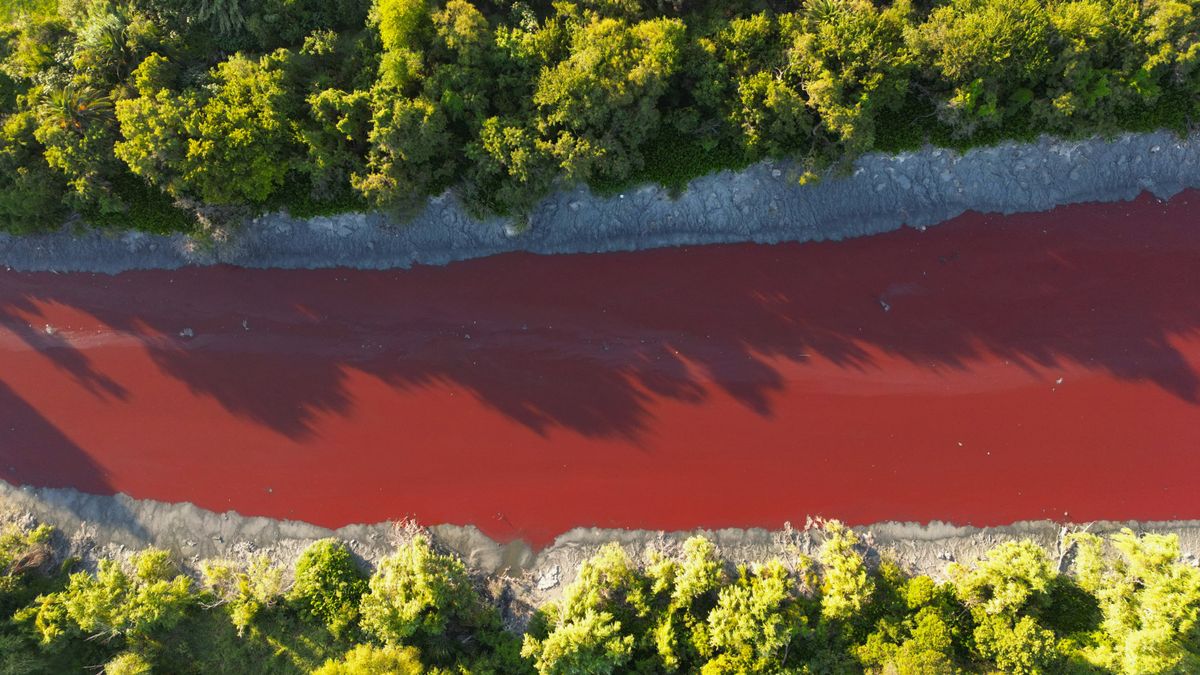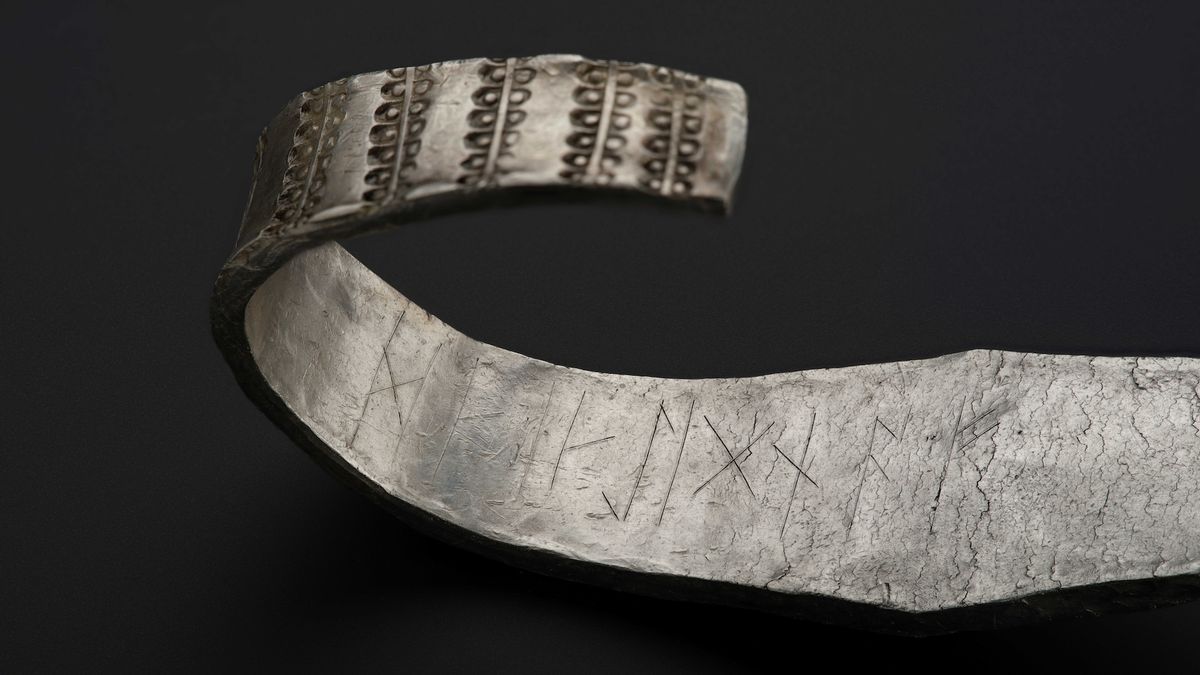Hundreds of human bones have been dredged from the bottom of England’s River Thames over the past two centuries, and a new study of these skeletons suggests that most of them date back to the Bronze and Iron ages. But why people deposited corpses into the Thames remains an open question.
In a study published Jan. 28 in the journal Antiquity, researchers detailed their analysis of radiocarbon dates from 30 skeletons discovered in the Thames, with a goal of investigating when and why corpses ended up in the river.
“Most people — including Londoners! — are quite taken aback to hear that hundreds of human bones have come from the River Thames,” study lead author Nichola Arthur, a curator at the Natural History Museum in London, told Live Science in an email. Human skeletons “have been encountered fairly regularly in the water places of northwest Europe,” Arthur said, but “the Thames human bones represent a uniquely large assemblage.”
Researchers have studied skeletons from the Thames since the 19th century. One early theory about these discoveries was that the corpses came from a battle between Celts and Romans, while in the late 20th century, experts suggested most of the bodies came from erosion of riverbank burials and drowning victims.
“The big question for these human bones is how they came to be in the river,” Arthur said. Her first step was to produce dozens of radiocarbon dates to better understand when the bodies ended up there.
Related: 4,000-year-old bones reveal ‘unprecedented’ violence — tongue removal, cannibalism and evisceration in Bronze Age Britain
When the researchers merged their 30 new radiocarbon dates with 31 previous dates, they discovered that the Thames bodies came from 4000 B.C. to A.D. 1800 — a span of nearly 6,000 years. But most came from the Bronze Age (2300 to 800 B.C.) and the Iron Age (800 B.C. to A.D. 43) and were found in upstream zones of the river.
“We can now say with confidence that these don’t appear to just be bones that have steadily accumulated in the river through time,” Arthur said. “There really was something significant going on in the Bronze and Iron Ages.”
The exact reason for the bodies’ placement in the Thames is unclear, but Arthur suspects that it was part of a wider pattern in northwest Europe in which prehistoric people intentionally deposited ritually important remains in watery places.
“This research has moved the arguments along, but the funerary origin of these remains is yet to be completely studied and demonstrated,” Chris Knüsel, a bioarchaeologist at the University of Bordeaux in France, told Live Science in an email.
Knüsel, who has also studied the Thames remains but was not involved in Arthur’s work, said the evidence may point to a different reason the human remains ended up in the Thames: violent encounters resulting from fights over this important river.
“Violence is a particularly common theme for later prehistoric human remains from watery places,” Arthur said, including bog bodies with evidence of violent deaths, and “we have found patterns of skeletal trauma on the bones of the Thames human remains.”
Analysis of the injuries on the bones is the focus of a forthcoming study. “Exploring exactly how the Thames human remains might fit into these practices is one of the next exciting steps of the project,” Arthur said.














